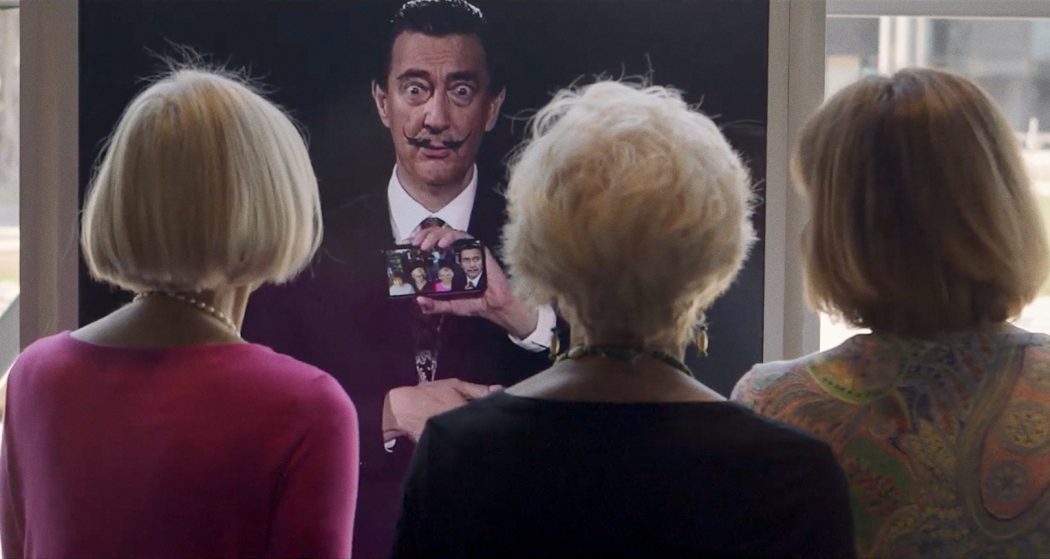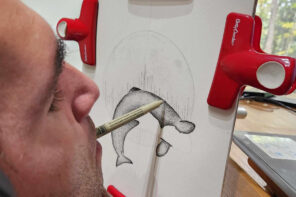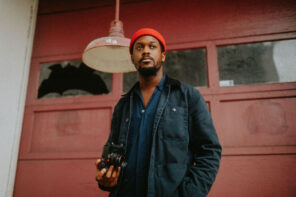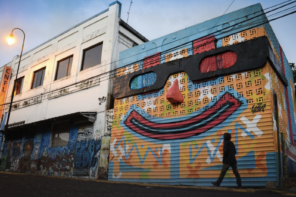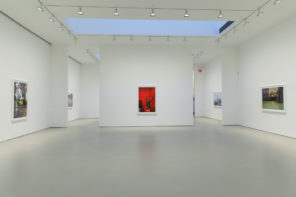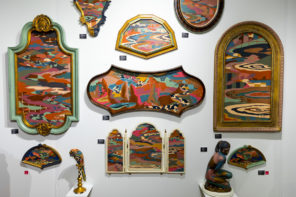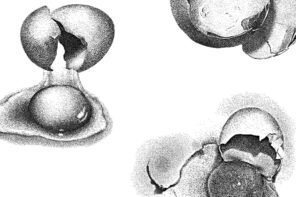“Salvador Dalí is forever.”
Salvador Dalí’s body may have died in January 1989, but the artist, true to his word, is still with us. We can verify that his body is, in fact, quite dead since it was, for reasons we will not go into, exhumed in 2017. What is notable about the exhumation is the fact that Dali’s iconic mustache, after the artist had spent nearly thirty years in the ground, was entirely intact. “The mustache preserved its classic 10-past-10 position,” Lluís Peñuelas, secretary-general of the Dalí Foundation told Spanish newspaper El Pais at the time. Narcís Bardalet, the forensic doctor who both embalmed and exhumed Dali declared it “a miracle,” and told a local radio station, “Salvador Dalí is forever.”
Bardalet was maybe more right than he knew.
A Surreal Sight in St. Petersburg
Dalí himself once wrote, “If someday I may die, though it is unlikely, I hope the people in the cafes will say, Dalí has died, though not entirely.” The kicker there, “though not entirely” is the key phrase. For while Dalí’s body may rest in that coffin in Spain with its mustache pointed at its perfect 10-past-10 position, his likeness has been re-animated and at present is interacting with visitors to the Dalí Museum in St. Petersburg, Florida.
If someday I may die, though it is unlikely, I hope the people in the cafes will say, Dalí has died, though not entirely.
As unlikely a place as St. Petersburg is for Dalí to mount a comeback, that is where he is making his command performances each day. The artist’s animated likeness has been painstakingly recreated through a mix of machine learning and the clever graphics department of Goodby Silverstein & Partners.
Dalí lives, Max Headroom-like, in life-size interactive screens within a new exhibit at the museum called, appropriately enough, “Dalí Lives.” Within the confines of the life-size towers throughout the exhibit, Dalí welcomes and interacts with guests telling them about his life and art and even stopping and turning his back to take a selfie with them, which he then texts them from his phone.
Creating the video likeness was one thing. For that, the Dalí and Goodby used technology not dissimilar to the very advanced faceswap Lucasfilm employed to bring actor Peter Cushing back to life for Rogue One from footage shot for the original Star Wars, but mapping his face to new actors and creating something of a digital mask. But while an actor was employed to create the seamless standing Dali he is being played by, well, a version of himself.
The process began with sorting through hundreds of interviews, letters, quotes and existing archival footage from the artist. More than 6,000 frames were single out and over the course of 1,000 hours of machine-learning, the ai was trained to learn aspects of Dalí’s face, which it superimposes on an actor’s face. This is followed by meticulous sound engineering to sync Dalí’s actual words with the new footage. What they ended up with was 45 minutes of “new” Dalí footage.
This footage that comprises Max Headroom-Dalí does not just sit idyl and play when triggered, it can mix and match and react to guests in front of it so that every visitor experiences the interactions with the artist differently.
It’s unreal.

